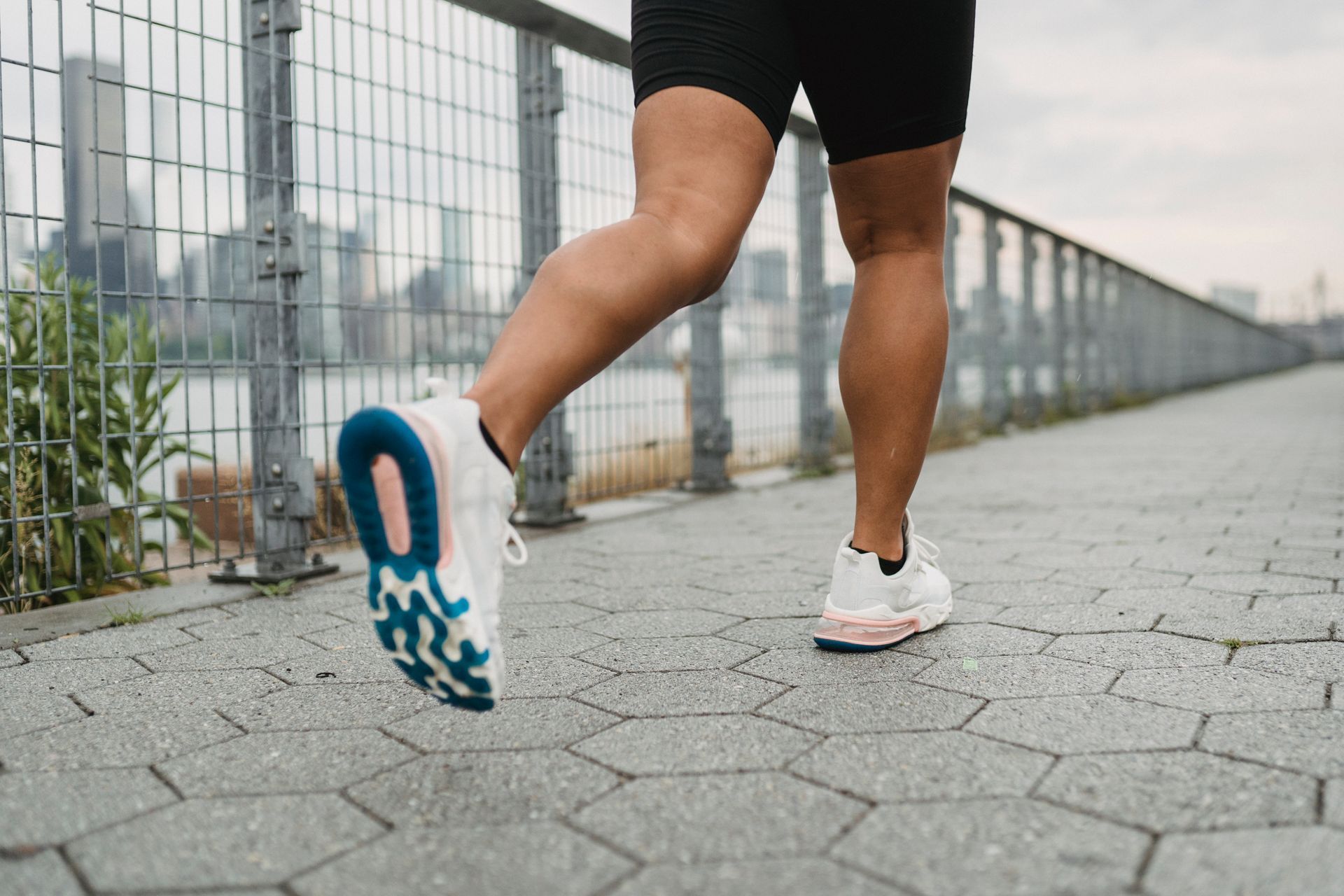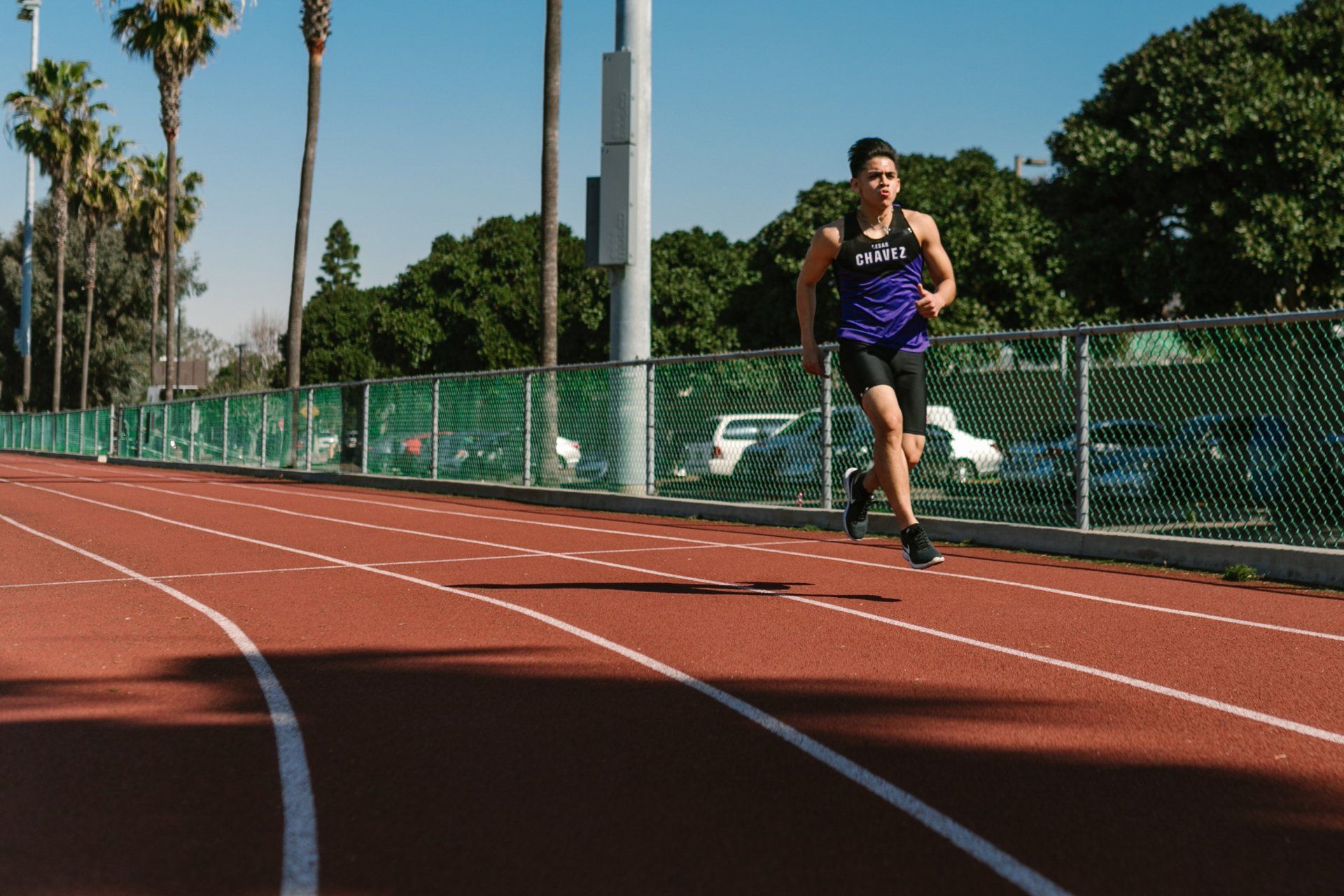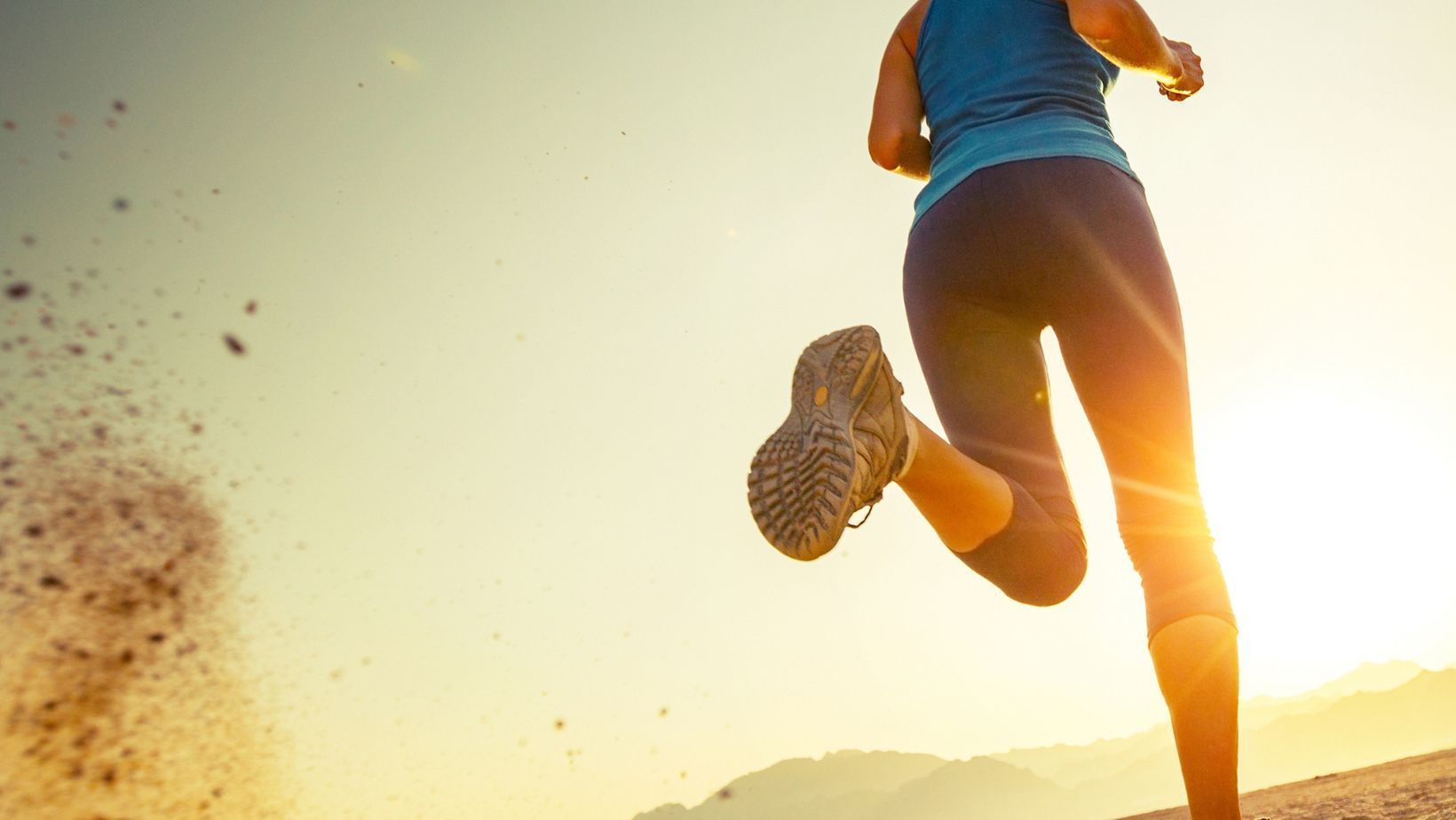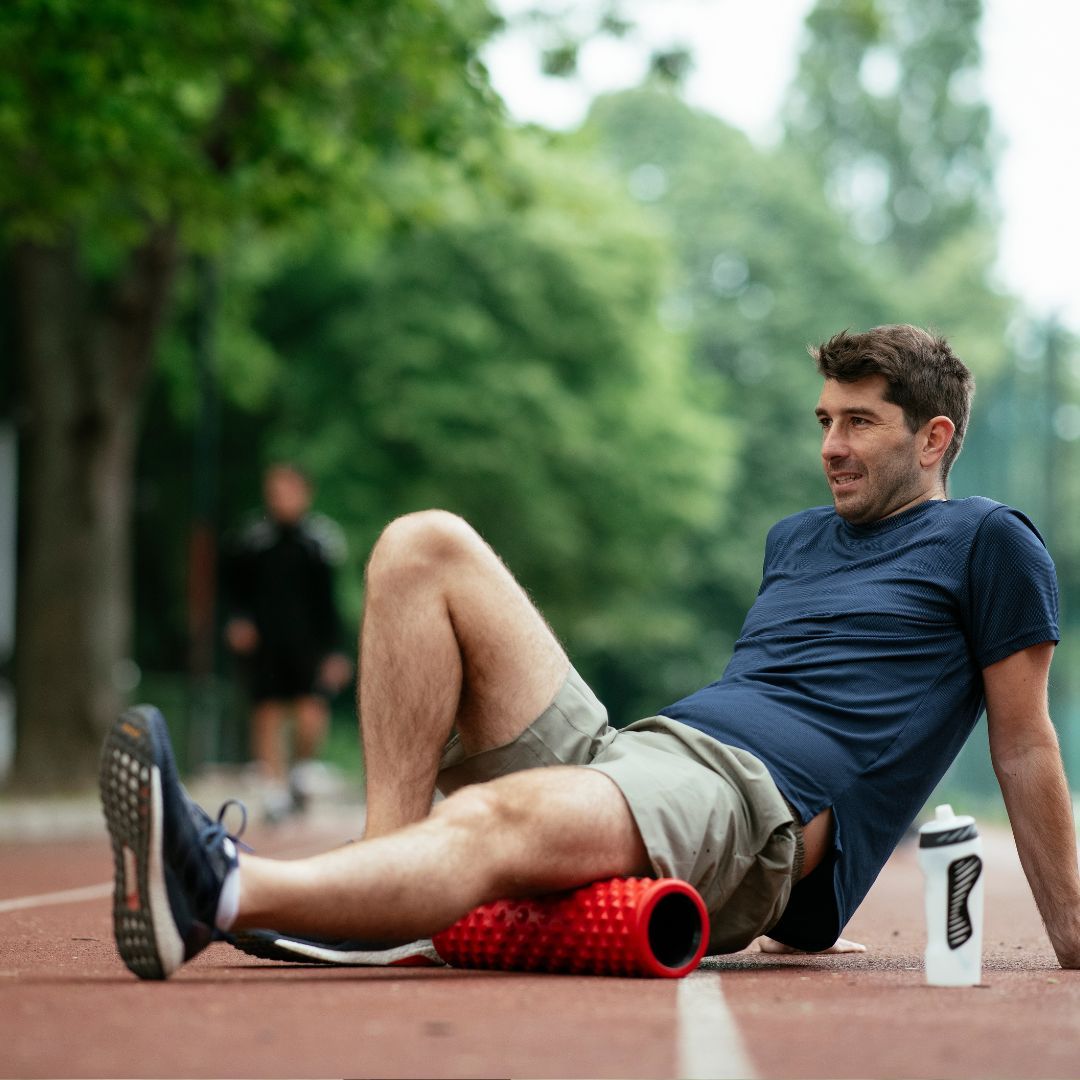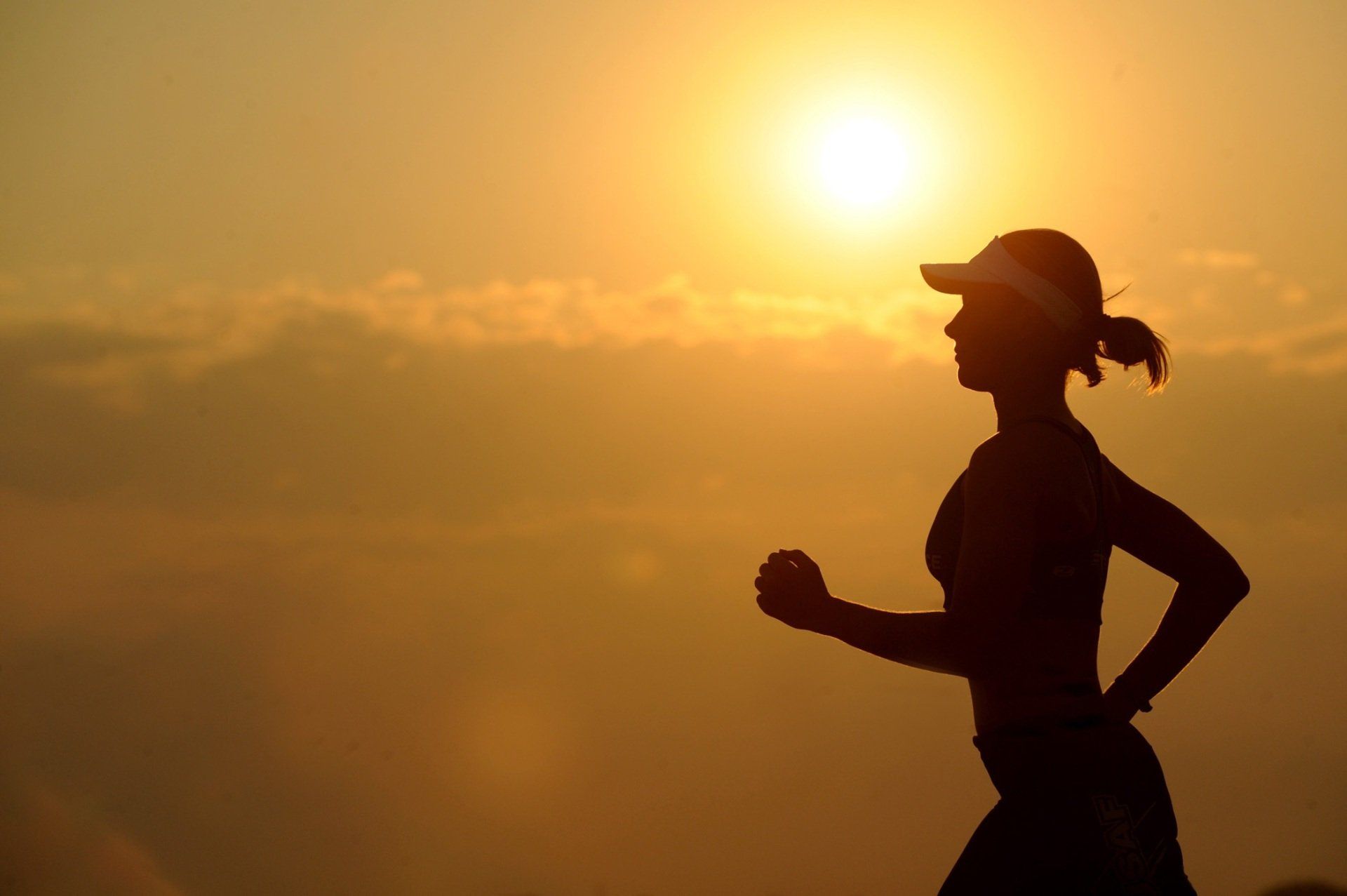Understanding the warm-up
Understanding the science of the warm up
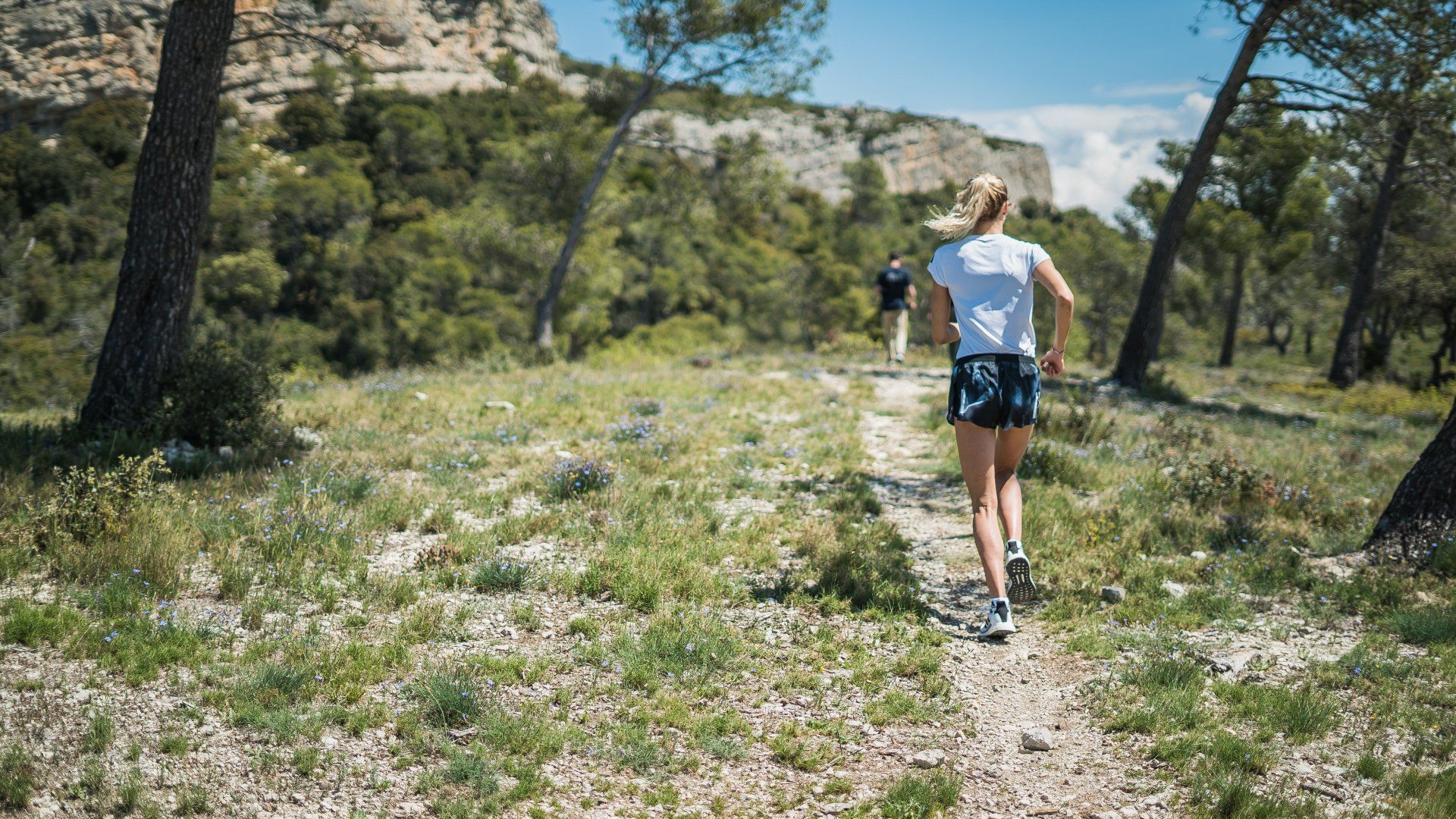
While the general reasoning for warming up is fairly well accepted (reduction in the chance for injury and increased performance), the physiology of the warm-up and the exact methods of warming up are not well known or practiced.
To illustrate this, watch runners before the start of a race. Some will be ballistically swinging their legs around like they’re trying out for Cirque du Soleil, some will be jogging around, while others will be sprinting back and forth at full speed, iwth most at trail races do nothing at all!! While it’s likely that doing something is better than nothing, it stands to reason that not all of these warm up methods are equally effective.
Warm-Up Physiology
There are several reasons why a warm-up is a good idea.
Increased muscle contraction speed and force: Muscle contractions generate heat and its been found that increased muscle temperature speeds up the metabolic processes within a cell to make it contract faster and with more force. The main reason for this is increased enzyme activity due to increased heat. However, too much heat can have the opposite effect on enzyme activity. Therefore, too high of a body/muscle temperature can reduce the effectiveness of a warm-up.
Blood vessel dilation: Small blood vessels that supply blood to muscles are often inactive (constricted) at rest. However, when an individual warms up, these blood vessels open up to supply the muscles with blood (i.e., oxygen, nutrients).
Increase in nerve conduction rate: A warm muscle has increased nervous transmission speeds which can improve body movements – especially in respect to complex body movements.
While there are other reasons why a warm up can positively affect sports performance, the points above represent the primary factors.
Common Warm-Up Methods
There are three main warm-up techniques that when used together can best prepare the body for intense physical activity.
- Passive warm-up: increasing body temperature by an external source.
- Generalised warm-up: non-sport specific body movement to increase body temperature
- Specific warm-up: increases temperature and circulation to sport-specific body part associated with the most activated systems for a given activity.
Of the three strategies, the specific warm-up has been shown to have the greatest impact on performance as it activates direct muscle groups used during a given activity. A warm-up strategy is specific to each individual athlete, their physical preparation, and environmental conditions may require adaptations to warm-up strategies.
What About Stretching?
Stretching is typically incorporated into a warm-up but research has shown contradictory evidence to its effect on performance. Research has shown it to decrease injury but there are differing conclusions regarding performance gains. Maintaining good flexibility aids in the prevention of injury to the musculoskeletal system by increasing range of motion and increasing the muscle elasticity meaning higher tension can be achieved on a muscle before damage occurs.
It is common for stretching and warming up to be lumped into the same category. This is often the case as athletes are commonly instructed to warm up their muscle(s) prior to stretching to reduce the chance for injury while stretching. In this scenario, both can be considered part of the warm-up. However, as the name suggests, a warm-up primarily relates to warming the body, which therefore includes increasing the temperature of muscles.
When researched in isolation, a warm-up reduced the incidence of lower-limb injury whereas stretching alone did not. The primary reason for stretching is to increase range of motion around a joint. This is pertinent, as research has shown that stretching a muscle prior to a bout of exercise can reduce the contractile force of a muscle.
In other words, stretching can be part of a warm-up routine (and generally dynamic stretching here would be best) but it is not advised to do in isolation.
Advised Warm-Up Protocol
The goal of a proper active warm-up is to find the sweet spot between the muscles becoming sufficiently warm but not physically taxing the individual. As a result, a proper active warm-up can be difficult to prescribe and perform.
Generally speaking, the more fitter a person is, the longer the warm-up will be. Research has found that an active warm-up of 15 minutes and at an intensity of approximately 65 percent of one’s VO2 max was most beneficial in regard to anaerobic activities. While most studies primarily examined a warm-up’s effect on anaerobic activity, it seems to demonstrate that a long warm-up (>20 minutes) may have a negative effect on energy and power output.
It is strongly recommended to try out different warm-up regimes in training to determine which method is best result for you.
Perhaps the most important finding regarding warming up is not the exact intensity or duration of the warm-up but rather the time duration between the end of the warm-up and the start of the competition. The benefits gained via an increase in muscle temperature are lost approximately 15 minutes after the warm-up period ends. Also, the environmental temperature would impact the desired window between warm-up and event start (i.e., cold weather = shorter time period than 15 minutes). This information is especially pertinent to races that will require a hard effort right from the beginning, such as a time trial, and not so much to longer races.
Regardless of the warm-up duration and activity, muscles work better when they are warm versus cold. More specifically, muscles work optimally when the body core temperature is at approximately 38 deg C and a muscle temperature of 38.5 deg C.
Do I Need To Cool Down?
We’ve established that a warm-up is a good thing which inevitably leads to the next question:
“Should I also do a cool down?”
While there is clear, science-based research to support the validity and effectiveness of a warm-up, the same cannot be said for a cool-down.
A cool down is characterised by a large reduction in intensity after an exercise session is over. The popular espoused benefit of cooling down is to bring down the heart rate at a steady rate while allowing the muscles to gradually return to normal tension levels.
It is theorized that warming up before exercise can slightly reduce Delayed Onset Muscle Soreness (DOMS) while a cool down does not reduce DOMS. it has been said that the cool down is largely a myth that like most myths in the fitness and exercise realms keeps getting passed along without much thought given to its validity.
The one subject all physiologists seem to agree on is that after abruptly ceasing intense exercise such as running, the blood vessels in the legs are dilated, and therefore, blood can pool quickly in the legs and feet. This can result in an individual feeling dizzy and potentially passing because of a lack of blood flow to the brain.
However, to be honest, I think it just feels nice to run easy after a hard session. but maybe not so necessary after a race.
Event-Specific Considerations
Generally speaking, the shorter the distance/expected time of an event, the more important a warm-up is. As an example, a warm-up would be more beneficial for a 5K running race than a marathon. This is for two reasons. It is likely that the shorter an event is, the greater the intensity it will be performed at as compared to longer events. Second, a long event such as a marathon will give an athlete time to ‘warm-up’ while they are racing and due to the reduced intensity as compared to shorter distance events, there is not the same focus on the physiological benefits of a warm up. This means that if you don't warm up, don't start your 50k like you're at the local parkrun!!
Summary
A warm up is likely a good idea for most endurance sport training sessions or races. However, the longer and less ‘intense’ a race or training session is, the less critical a warm up becomes. Lastly, athletes should test out different warm-up methods in varying environmental conditions to see what works best for them.

